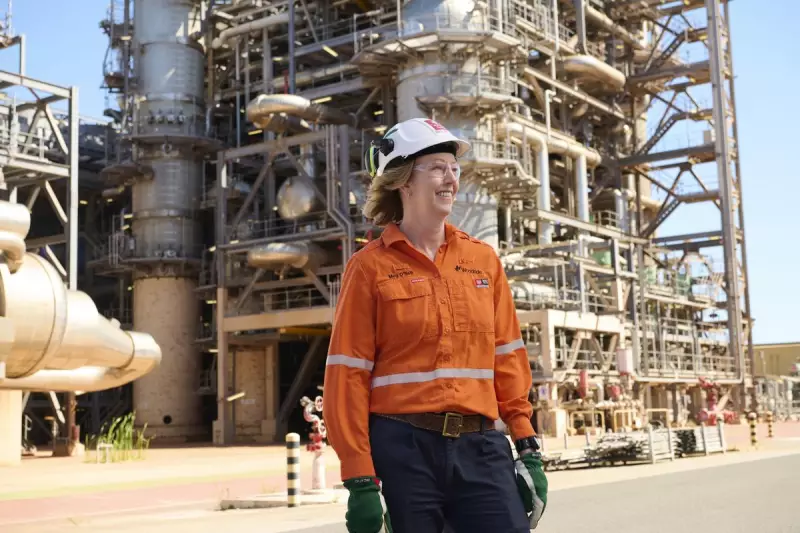
In a bold move that defies growing industry anxiety, Woodside Energy has thrown its weight behind the long-term future of oil and gas, dismissing concerns about an impending global LNG glut.
Chief Executive Meg O'Neill delivered a confident assessment of market fundamentals, telling investors that fears of oversupply in the liquefied natural gas sector are being significantly overstated.
Asian Demand Driving Confidence
O'Neill pointed to robust and growing demand from Australia's key Asian markets as the primary reason for Woodside's optimism. "We continue to see strong underlying demand," she stated, highlighting that long-term fundamentals remain compelling despite short-term market fluctuations.
The energy leader's comments come as some analysts predict a wave of new LNG projects could create oversupply conditions later this decade. However, Woodside appears unfazed, banking on continued energy transition demand across the Asia-Pacific region.
Major Projects Moving Forward
Woodside's confidence is backed by concrete action, with the company progressing several major developments:
- Scarborough LNG project continues its development timeline
- Ongoing investment in existing and new gas infrastructure
- Strategic positioning to meet Asia's growing energy needs
"The narrative around an LNG glut doesn't match what we're seeing in our customer discussions," O'Neill emphasized, suggesting that market predictions may be missing crucial demand-side dynamics.
Balancing Transition and Energy Security
The company's stance highlights the complex balancing act facing energy producers as they navigate the global transition to cleaner fuels while maintaining reliable energy supply.
O'Neill's comments reinforce Woodside's strategy of positioning natural gas as a crucial transition fuel that can support renewable energy growth while ensuring grid stability and energy security for Australia's trading partners.
As the energy debate intensifies, Woodside appears determined to stay the course, betting that gas will remain a fundamental part of the global energy mix for decades to come.





